May 11 - 17, 2014: Issue 162
Mona Vale Training Grounds: From Lancers on Horses to Lasses on Transport Courses
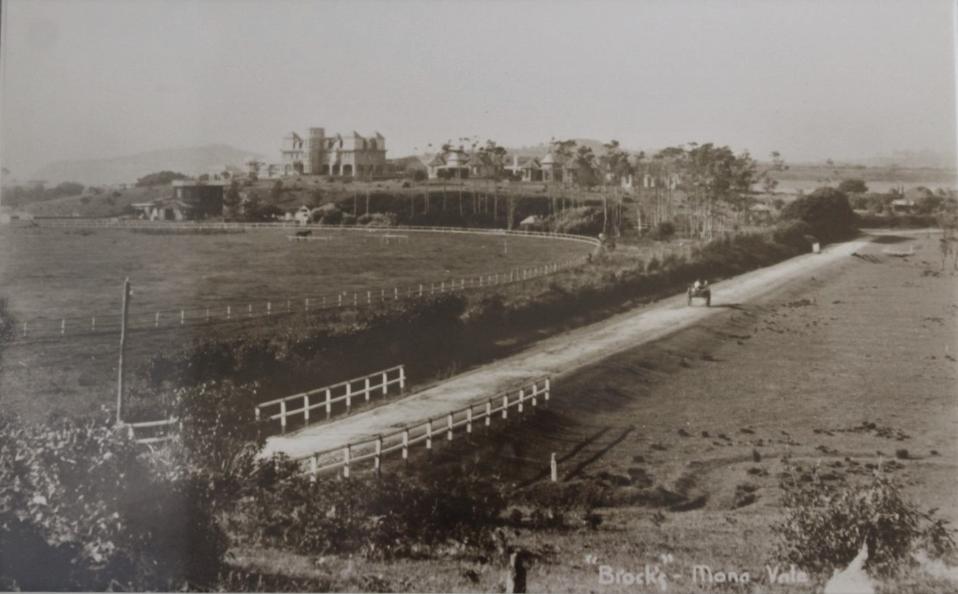
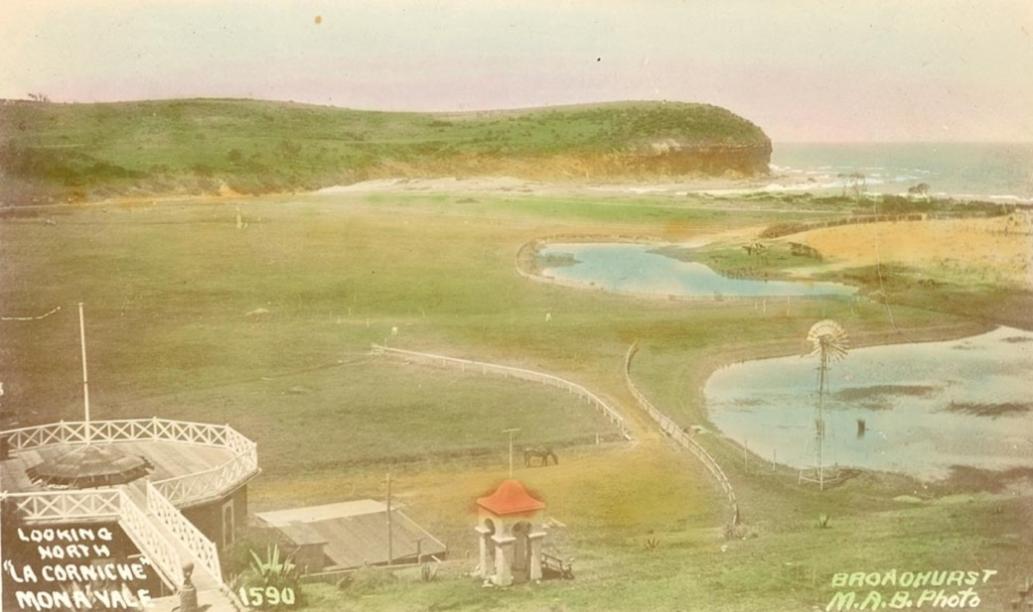
Looking north, "La Corniche", Mona ValeDigital Order Number: a105575 - from album Scenes views and interiors of "La Corniche", Mona Vale, N.S.W., Sydney & Ashfield : Broadhurst Post Card Publishers, courtesy State L:ibrary of NSW.
Mona Vale Training Grounds - From Lancers on Horses to Lasses on Transport Courses
There is an ancient train of thought which states that any warrior must not only be trained to optimum fitness in physical form and in how to use their tools, they must also be educated in how to think, how to best utilise their taught skills to defend the land they stand upon. Fliers must defend the air, sailors the seas, but it is the infantry, the lancers and in Australia – the evolution of the A.I.F. , that stood at the perimeters of where sea and air become the land beneath your feet.
Training in the field in exercises that will test the fitness, knowledge and skills imparted, and how well these come together in an individual and in a team, has ever been part of this ancient creed.
The valley of Mona Vale, and its perimeters, have been used as training grounds on several instances. The Oaks, or La Corniche (II) were used extensively during World War II, first as a bivouac area for those being trained and then as a place to recuperate and heal. Prior to that conflict the landscape, with flats, hills and water, the fields of Mr Brock’s ‘polo’ ground, were utilised by succeeding Army corps to test and train to fitness. As with every place the fields and the horses gave way to roads and vehicles and those who lived here were part of what occurred.
The few records shared below illustrate these rapid changes and may even make you wonder what a few score of horses thundering over Tumbledown Dick Hill may have sounded like. The reports also name several of the men who were responsible, in the years following Australia becoming a nation in 1901, for setting up what was to become Australia's Army - the A.I.F.
Short biographies on some of these gentlemen are included under Extras:
MILITARY INTELLIGENCE. MANOUVERS BY THE LANCERS IN THE VICINITY OF NEWPORT.
The Sydney and Parramatta squadrons of the New South Wales Lancers were engaged on Saturday and part of yesterday in some interesting fluid operations in the neighbourhood of Rock Lily and Newport. The parade was also the last of the year.
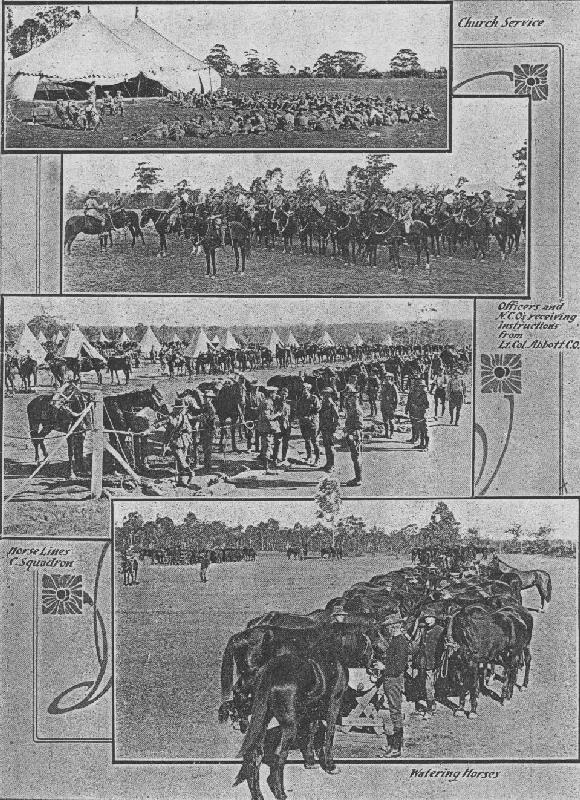 The Sydney squadron, numbering 69, under Captain King, was as supposed to represent the advance party of au enemy which had landed at Bongan Bongan Beach, near the entrance to Broken Bay. The squadron left the city at 8.30 a.m., and bivouacked at 1 p.m. at Narrabeen. The lauding party, by arrangement, commenced to make its dispositions at 2 p.m. from the Rock Lily Hotel, and the idea, was that the telegraph lines should be tapped in order to prevent reinforcements of the defending force coming from Hornsby.
The Sydney squadron, numbering 69, under Captain King, was as supposed to represent the advance party of au enemy which had landed at Bongan Bongan Beach, near the entrance to Broken Bay. The squadron left the city at 8.30 a.m., and bivouacked at 1 p.m. at Narrabeen. The lauding party, by arrangement, commenced to make its dispositions at 2 p.m. from the Rock Lily Hotel, and the idea, was that the telegraph lines should be tapped in order to prevent reinforcements of the defending force coming from Hornsby.
The Parramatta, squadron of Lancers was ordered to find out the strength of the enemy that had landed at Bongan Bongan Beach. According to the plan of operations the road via the Spit was held to be untenable, so that the detachment had to proceed via Pymble. The Parramatta men mustered 72, and were under the command of Captain Mackenzie. They left Parramatta at 8a.m. and reached Tumble-down Dick, near Pymble, in time for lunch. Lieutenant-Colonel James Burns, officer-commanding, accompanied them, and at Pymble Brigadier-General Finn, Major A. P. Luscombe, D.A. Q.M.G., and Lieutenant Macartney, A.D.C., joined the party with a view to witnessing the manouvres.
A start was made at 2 p.m. from Tumbledown Dick to ascertain the whereabouts of the enemy, and very rough country was encountered, but trooper's and horses got over the ground capitally. The enemy's landing party not having time apparently to achieve its object, its officer-commanding threw out a line of outposts extending from the Rock Lily Hotel to a little point near Newport. Shortly alter 3 p.m. the Parramatta squadron got into touch with the outposts about two miles from the hotel, and after some good work on both sides the evening's advance guard, according to the prearranged plan, was driven back to the reserve near the beach.
Owing to this reverse and the weather becoming thick and stormy the landing party was supposed to be unable to re-ombark by boats on board of the cruisers, consequently a position was taken up on Bongan Head. In this phase of the operations, however, the Sydney squadron no longer represented the enemy, but joined the Parramatta men. The enemy's position on Bongan Head was represented by eight canvas targets, which had been erected under the supervision of Major M. Hilliard, D.S.O., and Captain P. C. Timothy. Four of these were located about 500 yards from the main road and the other f our about 900 yards distant, but the ranges were unknown to those who subsequently took part in the firing. It was decided that the attack on this position should be made shortly after daybreak on the following day by the entire body of Lancers representing the home force.
The two squadrons a little after 5 p.m. reached Mr. George Brock's Mona Vale estate, where Captain Timothy had arranged with the owner for the whole force to bivouac for the night. The troops were here joined by Colonel H. D. Mackenzie, A.A.G., Captain J. Purves, and Captain J. S. Brunton, the two latter travelling by motor car. The Lancers band also came down by a coach provided by the officers, who also contributed the commissariat supplies.
The State Commandant addressed the officers and N.C.O's. during the evening, and said that he was well pleased generally with the tactics, intelligence, and conduct of the troops. The men had shown their efficiency as skilled horsemen in very rough country, and he complimented them on their mobility. The outpost work was creditably performed, but at times rather humid. After tea a camp-fire concert was held, in which the band figured conspicuously, and Mr. Brock' rendered valuable assistance. A boxing bout between two amateur champions, Troopers Parbury and R. Baker, proved exciting, as were also some smart singlestick tourneys.
At daybreak yesterday the reveille sounded, and the Lancers at 5.45 a.m. were on the way to attack the enemy's position, indicated by the canvas targets on Bongan Head, forty rounds of ball cartridge were fired per man in the attack, which was at unknown distances. The shooting was good. One target had about 200 hits on it. The weakness of the attack, according to Brigadier-General Finn, lay in the fact that the men were too prone to expose themselves and rush forward in large numbers instead of in twos and threes. These were defects apparent in all sham fights, however, and only corrected by a taste of the " Real thing."
The troops returned to camp at 8.16. After morning "stables " a bathing parade was held, in which nearly every Lancer participated on his horse. Mr. Brock was thanked for his kindness in quartering the forces, and route march was then taken via the Spit for the Sydney Squadron and via Pymble for the- Parramatta men. - The Sydney detachment reached the city in the afternoon. MILITARY INTELLIGENCE. (1902, December 15). The Sydney Morning Herald (NSW : 1842 - 1954), p. 9. Retrieved from http://nla.gov.au/nla.news-article14521240
For more information see: http://www.lancers.org.au/
MILITARY. LANCERS' STAFF RIDE.
On Monday last the Sydney Squadron of Lancers returned from a three days' staff ride in the vicinity of Pittwater. The work was undertaken on a tactical scheme connected with the landing of an enemy, the whole being under the command and supervision of Lieutenant M'Mahon. Organised as a complete regiment, the squadron left Sydney about 9 a.m. on Saturday, on a rapid march on Bay View, two squadrons travelling via Gordon and Tumbledown Dick Mountain, and two via Manly and Narrabeen, the advanced partios, by means of signalling communication, coming simultaneously Into touch with each other in the scrub behind Rocklily. All ranks had duties of a higher nature than their existing rank, particular attention being paid to the issue of written orders, the forwarding of reports, and sketches In the field. Tents were not taken, the intention being to camp in the open, but owing to the wet weather, the men were billeted in one of Mr. Brock, of Mona Vale's, buildings, the 90 horses being picketed in the rear. MILITARY. (1906, October 4). The Sydney Morning Herald(NSW : 1842 - 1954), p. 9. Retrieved from http://nla.gov.au/nla.news-article14828169
NATIONAL RESERVE.
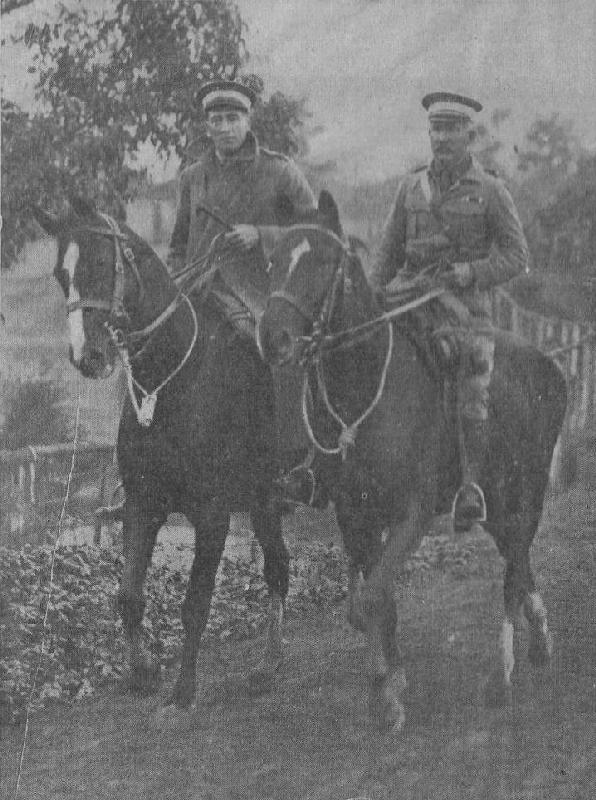 Lord Roberts shortly after the South African war founded, for purposes of home defence, a corps of ex-service men, under the name of the "National Reserve." Some ten years later-I.e., when reviewed two years ago by his Majesty the King, this force numbered 30,000 men In London alone. Some of their number, we hear, have recently been doing active home defence work.
Lord Roberts shortly after the South African war founded, for purposes of home defence, a corps of ex-service men, under the name of the "National Reserve." Some ten years later-I.e., when reviewed two years ago by his Majesty the King, this force numbered 30,000 men In London alone. Some of their number, we hear, have recently been doing active home defence work.
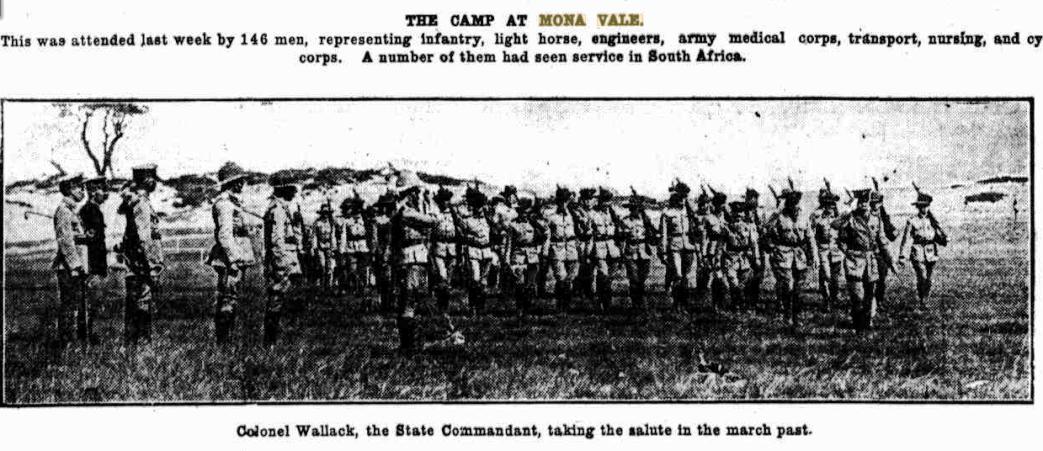
Of then:
I was ordained in 1941, the beginning of `41, and appointed as a curate in the parish of St Faith's, Narrabeen. I was then just two days beyond my twenty-third birthday. The war had commenced, and, during my first appointment at Narrabeen, army camps were being formed in the area, because the threat of invasion was feared. I can recall fences being erected along the sides of the road, so that places like Palm Beach or Bayview could be shut off if need be, and then, when the threat of the Japanese came, the more intense development of army troops in that area. And Canon Tugwell then asked me to become a part-time chaplain to those troops in that area.
The parish of Narrabeen in those days went from Collaroy down to Palm Beach. There were main residential settlements at Collaroy, Narrabeen, but when you went out beyond that to Mona Vale you had mainly twenty-five acre small farms, many glasshouse tomato producers. Beyond Mona Vale, Newport was ... just one hotel in Newport, and mainly accommodation for people coming down to holiday use. Beyond Newport, at Bilgola and at Avalon, and then at Palm Beach, there were just mainly holiday homes, very few permanent residents.
My appointment was to help commence a ministry in that northern part. So I boarded with an old Boer war veteran and his wife, a Mr and Mrs Wilson, who lived in Fermoy Avenue, Bayview. And from there would conduct services in the store at Avalon, where there was little tea-rooms behind the store, and in an estate agent's office at Palm Beach. Subsequently a family by the name of Byle lent us their home for the service at Palm Beach. And my other ministry there was to the troops, which were then being trained by the army, and they had an officers' training unit in a big home at Mona Vale, and my responsibility was to conduct services, and then to have discussions or what they called padre's hours with the intake of recruits.
Canon Charles Henry Sherlock, Chaplain RAAF, interviewed by Gail Winkworth for the Keith Murdoch Sound Archives of Australia in the War of 1939-45
From: http://www.awm.gov.au/transcripts/kmsa/s00572_tran.htm
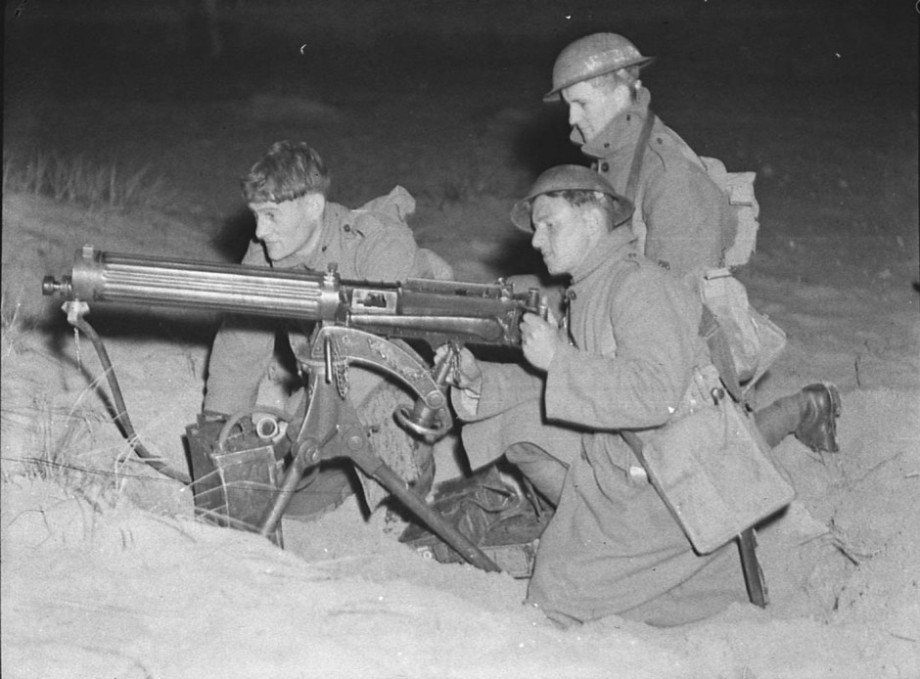
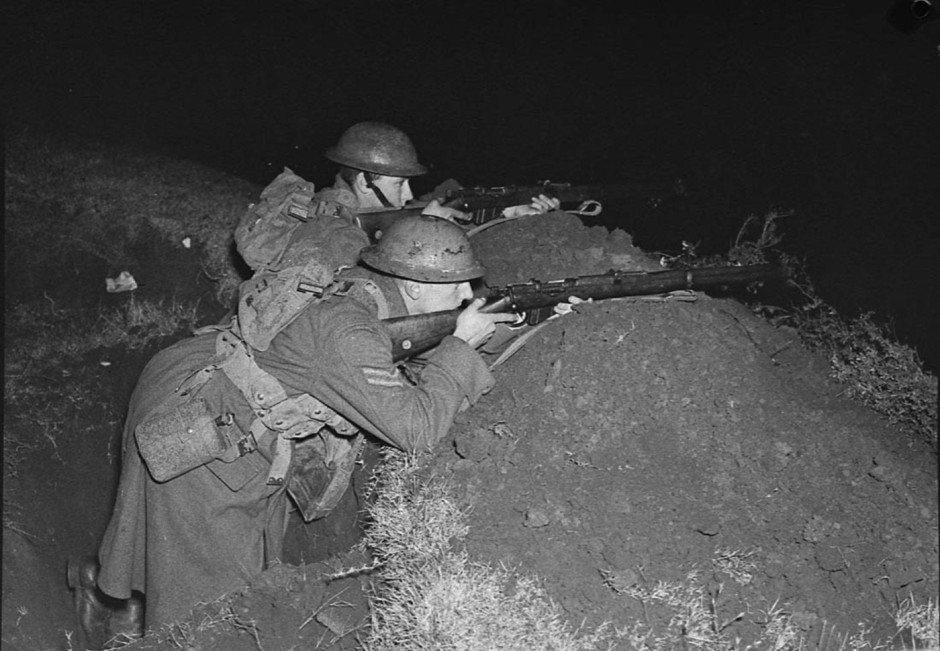
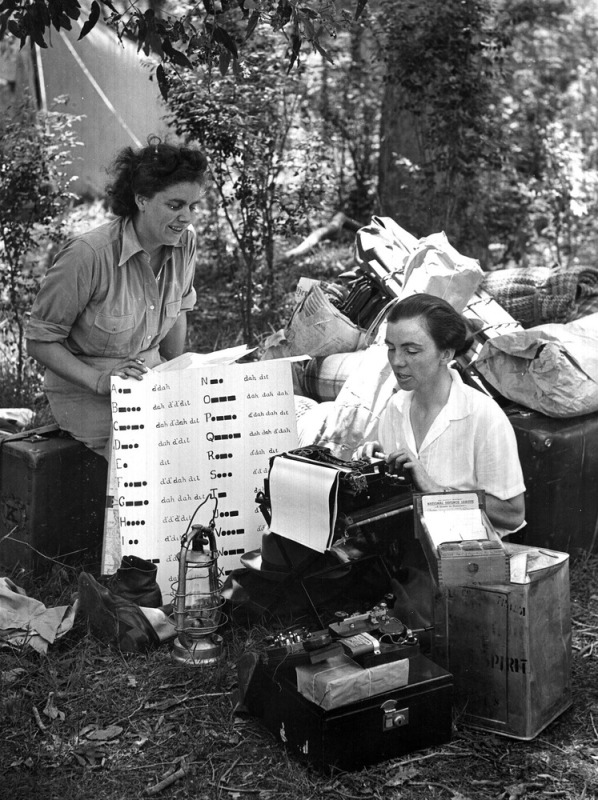
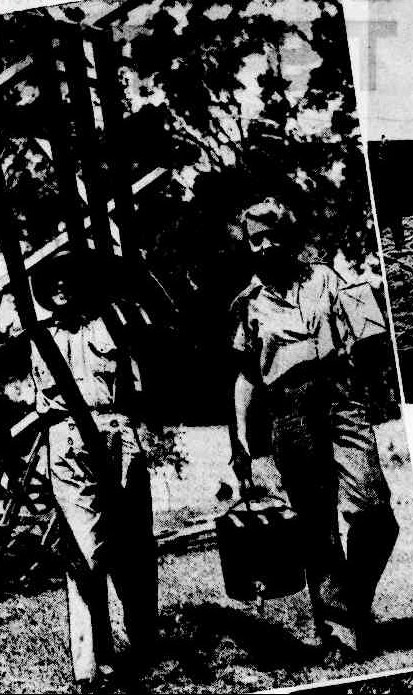
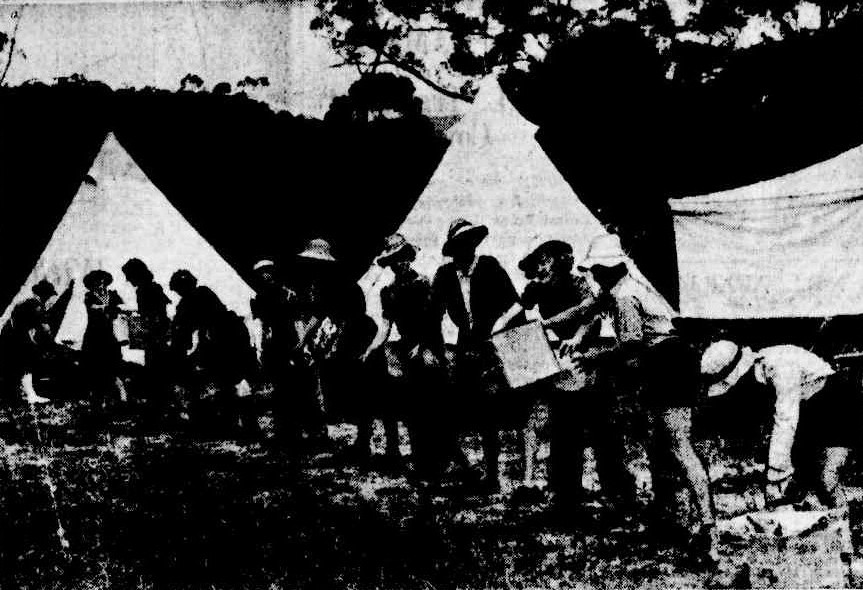
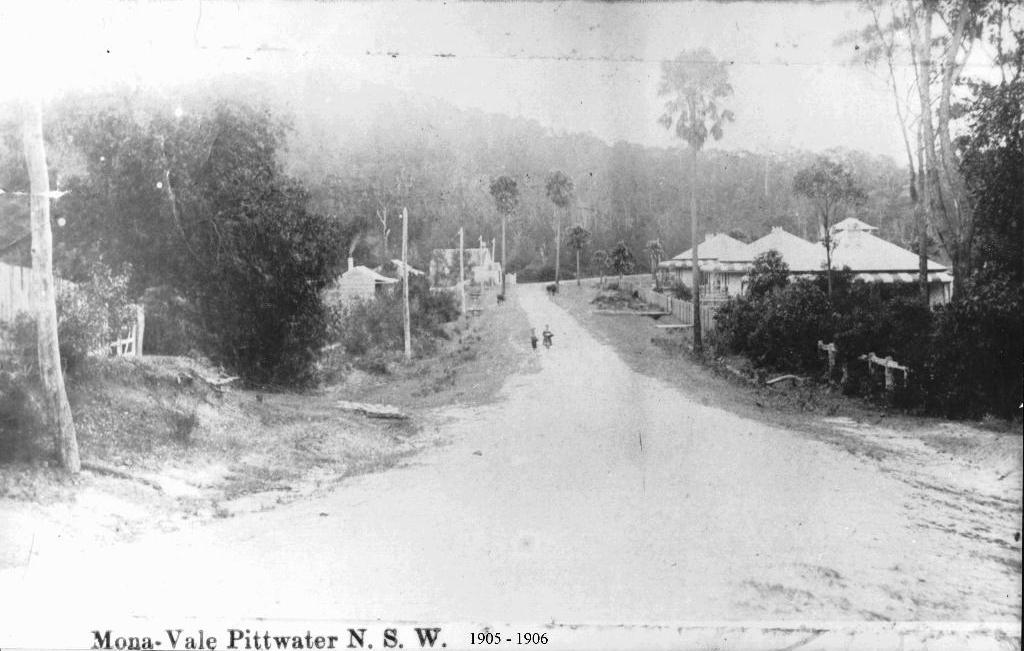
Extras and References:
12th Australian Light Horse Regiment Embarkation Book - Prior to embarkation, the first 12th Australian Light Horse Regiment, AIF, produced a photographic record of the Regiment. Since there are no other official photographs existing of this Regiment, this has become the best reference for that unit. 12th Australian Light Horse Regiment, AIF, embarked from Sydney, New South Wales on board HMAT A29 Suevic, 13 June 1915 and HMAT A44 Vestalia, 22 June 1915.
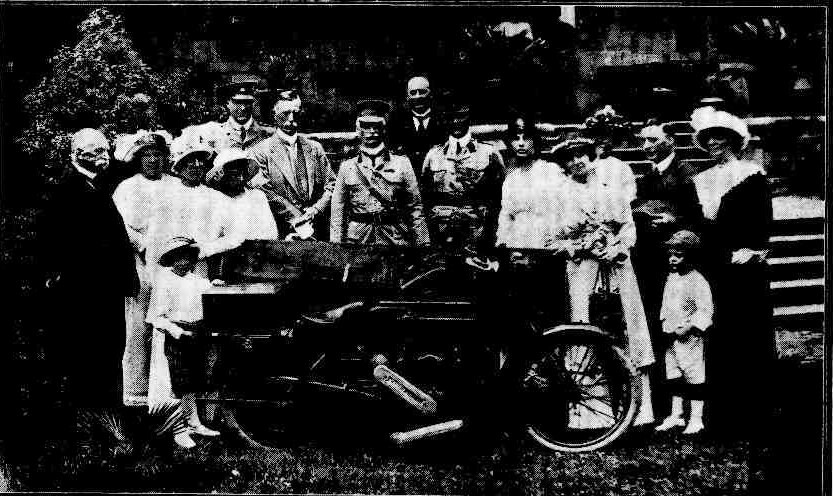
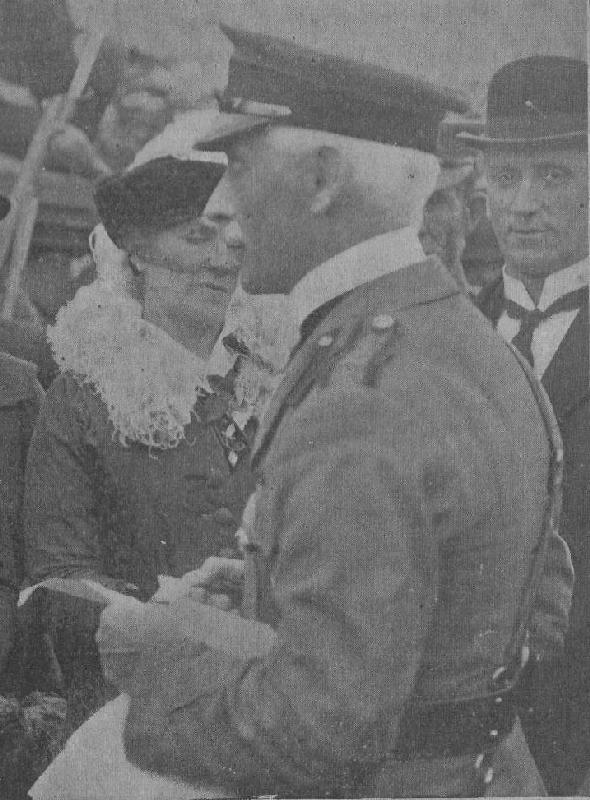 Imports for Rhodesia.
Imports for Rhodesia.Henry (Harry) Finn (1852-1924), soldier, was born on 6 December 1852 at Tenterden, Kent England, son of Samuel Finn, tailor, and his wife Elizabeth Frances Austen, née Hilder. He was educated at Tenterden and joined the British Army on 11 May 1871 as a private in the 9th (Queen's Royal) Lancers at Aldershot. During the Afghanistan War of 1878-80 he participated in severe fighting, was mentioned in dispatches, and was awarded the Distinguished Conduct Medal for bravery. When he was buried, with full military honours in South Head cemetery, the funeral cortège was so large that it took two and half hours for the last mourners to arrive at the cemetery. A beautifully sculptured white marble Celtic cross, funded by public subscription, was erected over his grave.
Coming to Australia in the prime of his life, Finn made a strong impression as a professional soldier; among British officers who served in the Commonwealth his influence was second only to that of Major General Sir Edward Hutton (first organizer of the Australian Army). Finn was remarkable for his era as being one of the few men to have risen through the ranks of the British Army from private to major general. He was known for an informal and direct manner which made him well liked by the men he commanded. He did much to infuse enthusiasm into young and inexperienced troops and set an example of soldierly bearing and conduct. In this way he was prominent among the small group of professional officers who did much to lay the foundations upon which the reputation of the Australian Imperial Force was built.
Reference: A. J. Hill, 'Hutton, Sir Edward Thomas Henry (1848–1923)', Australian Dictionary of Biography, National Centre of Biography, Australian National University, http://adb.anu.edu.au/biography/hutton-sir-edward-thomas-henry-6779/text11725, published in hardcopy 1983 - Major General Henry Finn, circa 1906, State Library of South Australia, SLSA: B 49555
GENERAL FINN. DEATH ANNOUNCED. DISTINGUISHED CAREER.
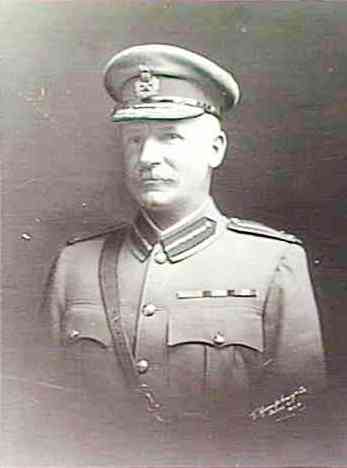 The death of Major-General Finn, C.B., D.C.M., removes one of Britain's most distinguished military officers. From the lowliest position in the British Army General Finn rose to the high rank of Major-General, and during his long and distinguished career he rendered signal service to the Empire. General Finn had been in ill-health for some time past, and about three weeks ago he became an inmate of St. Luke's private hospital. He passed away suddenly at 6 o'clock yesterday morning.
The death of Major-General Finn, C.B., D.C.M., removes one of Britain's most distinguished military officers. From the lowliest position in the British Army General Finn rose to the high rank of Major-General, and during his long and distinguished career he rendered signal service to the Empire. General Finn had been in ill-health for some time past, and about three weeks ago he became an inmate of St. Luke's private hospital. He passed away suddenly at 6 o'clock yesterday morning.
A son of Mr. Samuel Finn, of Tenterden, Kent, General Finn enlisted in the Army as a trooper when nineteen years of age. He won rapid promotion, and in 1881, ten years later, he became a second-lieutenant of the 21st Lancers. During the previous two years he had served with distinction in the Afghan War as a non-commissioned officer, and received the D.C.M. for distinguished conduct in the field.
Among the most notable military leaders with whom General Finn was associated during his career were Sir Hector MacDonald and Lord Kitchener. In the Afghan War General
Finn, as a lancer, was associated with Sir Hector, who was then a Gordon Highlander. General Finn was also with Lord Kitchener at the Battle of Omdurman. He led the left wing of the 21st Lancers, and was mentioned in despatches, and received two medals with clasps for his part in this historic event.
General Finn came to Australia as commandant of the military forces of Queensland in 1900-1, and of New South Wales in 1902-4;and in 1905-6 he was Inspector-General of the military forces of Australia. During these last two years he was Australian representative on the Imperial Defence Committee.
Upon his retirement in 1906, he engaged in business in London, until he was nominated by the late Mrs. Walter Hall as secretary of the Walter and Eliza Hall Trust, Sydney, and entered upon his duties in December, 1912. He continued in this position up to the time of his death. Last October General Finn was appointed Private Secretary to the Lieutenant-Governor (Sir William Cullen).
General Finn was married in 1886 to the eldest daughter of the late Mr. W. Scott, of Leeson Park, Dublin, who survives him. There are also two daughters and a son. The eldest daughter is assistant secretary of the Walter and Eliza Hall Trust, and the son, John, is engaged in engineering in China.
The funeral of the late General Finn, which will take place to-day, will be accorded full military honours. It will be preceded by a short service at his late residence, "Ashmore," Point Piper, and will leave for South Head Cemetery at 2.30 o'clock. A gun-carriage will be provided by the 1st battery of the Royal Australian Field Artillery. The artillery salute of 13 guns, the regulation number in the case of the death of an officer of the rank of major-general, will be fired by a firing party from the Royal Australia Field Artillery, and the Last Post will be sounded by trumpeters from the Royal Australian Garrison Artillery. The Minister for Defence (Mr. Bowden) and the Military Board will be represented by the District Commandant (Major- General Brand). The District Commandant desires that all officers, warrant-officers, and men attending the funeral should wear service uniforms and medals. GENERAL FINN. (1924, June 25). The Sydney Morning Herald(NSW : 1842 - 1954), p. 12. Retrieved from http://nla.gov.au/nla.news-article16145472
SIR JAMES BURNS, K.C.M.G., M.L.C.
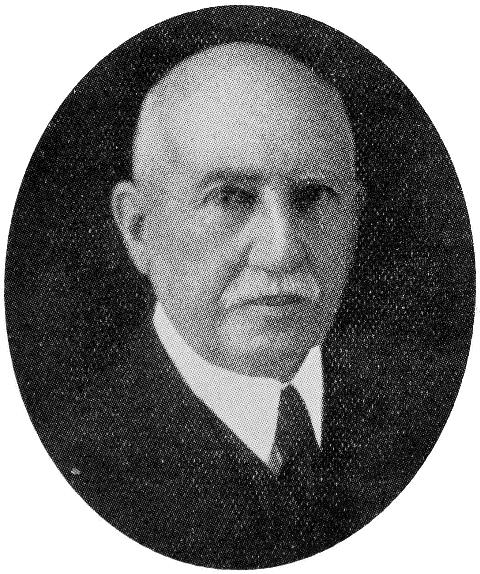 Colonel Sir James Burns., M.L.C., founder of Burns, Philp, and Co., Ltd., is the son of David Bums, a merchant of Edinburgh, where he was born on February 10, 1848. He is managing director of Burns, Philp, and Co., Ltd., and a director of a number of financial and commercial institutions, being also largely interested in pastoral pursuits. He was appointed a member of the Legislative Council of New South Wales in 1908. For 10 or 12 years he commanded the New South Wales Lancer Regiment, and subsequently, for about five years, the first Australian Mounted Brigade, comprising about 1000 men, retiring nine years ago with the rank of colonel. He assisted largely to send mounted troops to the Boer war. For the past 14 years he has been president of the Highland Society of New South Wales. He practically founded the Burnside Presbyterian Orphan Homes, for which he gave the land, and towards the maintenance of which he very largely contributed. He is chairman of the board of control, and spends every Saturday morning at the homes in personally supervising the work.
Colonel Sir James Burns., M.L.C., founder of Burns, Philp, and Co., Ltd., is the son of David Bums, a merchant of Edinburgh, where he was born on February 10, 1848. He is managing director of Burns, Philp, and Co., Ltd., and a director of a number of financial and commercial institutions, being also largely interested in pastoral pursuits. He was appointed a member of the Legislative Council of New South Wales in 1908. For 10 or 12 years he commanded the New South Wales Lancer Regiment, and subsequently, for about five years, the first Australian Mounted Brigade, comprising about 1000 men, retiring nine years ago with the rank of colonel. He assisted largely to send mounted troops to the Boer war. For the past 14 years he has been president of the Highland Society of New South Wales. He practically founded the Burnside Presbyterian Orphan Homes, for which he gave the land, and towards the maintenance of which he very largely contributed. He is chairman of the board of control, and spends every Saturday morning at the homes in personally supervising the work.
Colonel Burns came to Australia in company with an elder brother, when he was 16, landing at Brisbane in 1862. He at once made his way into the back country, and for some years he was engaged gaining colonial experience on various station properties. Afterwards he joined his brother in a business venture in Brisbane. The discovery of gold at Gympie gave him an opportunity for displaying the commercial promptitude which has characterised his whole career. He was the first man to arrive at the goldfields from Brisbane, riding across country a distance of 120 miles, and before he attained his majority he was conducting the business of a general storekeeper at Gympie, One Mile Creek, and Kilkivan, all mining centres. He was associated in opening up some of the principal reefing claims on the field. In 1870, in consequence of the death of his father, he revisited the old country, and disposed of his Queensland interests. Reaching Scotland during the Franco-Prussian war, he spent a couple of months in Paris during the Communist troubles. Eighteen months later he returned to Queensland and Townsville—then progressing because of the Charters Towers discoveries; he established large stores, and laid the foundation of the great business now known as Burns, Philp, and Co.
The prevailing fever having seriously affected Sir James Burns, he was advised to proceed south, which he did, after concluding suitable arrangements with Mr. (now Sir) Robert Philp (a subsequent Premier of Queensland), whereby the latter acquired a partnership in the business, and assumed control of it. Thirty-nine years ago Colonel Burns came to Sydney opening an office in Macquarie-place. Sir Robert Philp followed the course of progress at Townsville, and Colonel Burns inaugurated an era of progressive development and expansion from his new base in Sydney. First of all he started a line of regular sailing vessels between Sydney and Townsville, be-sides other North Queensland parts; these erelong were either supplemented or supplanted by an irregular steam service, which, in its turn, led to the formation of the Queensland Steam Shipping Company, Limited. More development followed. The Q.S.S. Company, Ltd., to cope with the ever-increasing traffic, had the steamers Barcoo, Maranoa, and Warrego built to their order.
It was an English corporation in which Sir James Burns acquired a considerable interest besides the representation of the agency at Sydney. A few years' keen rivalry on the coast secured to the Q.S.S. Company, Ltd., a signal victory over the Australian Steam Navigation Company, Sir James Burns being accorded the privilege of negotiating the terms and conditions upon which the Q.S.S. Company, Ltd., became the purchasers of the whole of the A.S.N. Company's fleet. A new amalgamation was thereupon formed in London, known as the Australasian United Steam Navigation Company, Ltd., which has since, at Sydney and various North Queensland ports, also been controlled by Burns, Philp, and Co.,Ltd., the head office of the A.U.S.N. Company, Ltd., being situated at Brisbane. Following the first shipping agency at Sydney—that of the Q.S.S. Company—Sir James Burns in rapid succession secured the representation of numerous important oversea lines to nearly all parts of the globe. He did not confine his energies to shipping alone, but as much with the object of providing tonnage for the agencies and enlarging the scope of his business generally, became largely interested in many other directions. Following the establishment of the Sydney business, Normanton, at the head of the far-away Gulf of Carpentaria, next claimed his enterprising attention, and the business of Messrs. Clifton and Alpin Bros., who had established themselves there in the early seventies, was acquired by him for £20,000.The early development in the Gulf bringing about a demand for tonnage induced Colonel Burns to run the first steam service to Normanton. The pioneer steamer, the Truganini, reaching there 34 odd years ago. With bases at Townsville and Normanton, the establishment of a third business in Queens-land, at Thursday Island, was but the addition of a link to the chain. In addition to opening up on introductory business with New Guinea, Sir James Burns' business soon became closely and increasingly identified with the working and trading of the Torres Straits fisheries. Burns, Philp, and Co., Ltd., acquiring very considerable interests in this important industry. In the meantime Sir Robert Philp had followed the same policy of expansion by extending his operations to Cairns, about 200miles north of Townsville, and also by acquiring an interest in a business at Charters Towers.
The point was then approached at which it was deemed desirable to amalgamate the five businesses, viz., Sydney, Normanton, and Thursday Island, hitherto carried on in the name of James Burns, and Townsville (comprising a subsidiary business at Charters Towers) and Cairns, carried on in the name of T Robert Philp and Co. The necessary amalgamation arrangements were duly completed, and as the result Burns, Philp, and Co., Ltd., evolved as a registered limited liability company, as from April, 1883. From this date the rise and progress of the business, with Sir James Burns as chairman of directors, became even more rapid, attaining its world-wide proportions of today. SIR JAMES BURNS, K.C.M.G., M.L.C. (1917, June 4). The Sydney Morning Herald (NSW : 1842 - 1954), p. 7. Retrieved from http://nla.gov.au/nla.news-article15709567
Picture: Sir James Burns, n.d. from Pastoral Review, 15 September 1923
Mona Vale Training Grounds - From Lancers on Horses to Lasses on Transport Courses - threads collected and collated by A J Guesdon, 2014.